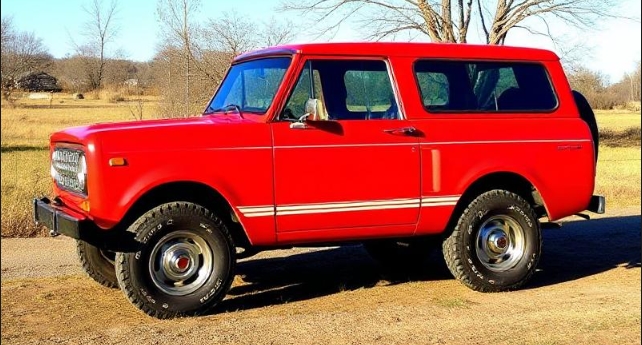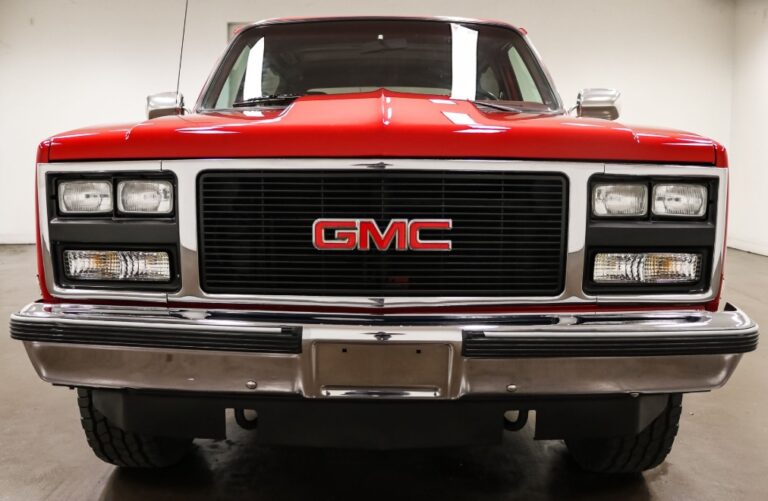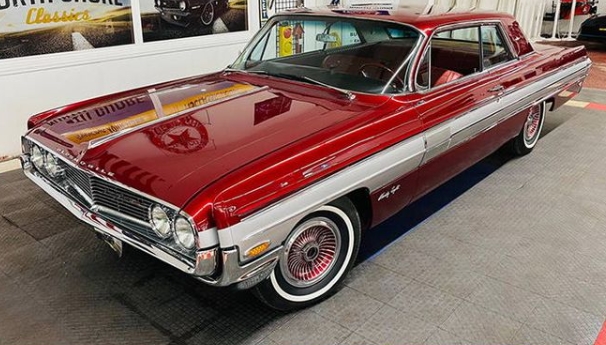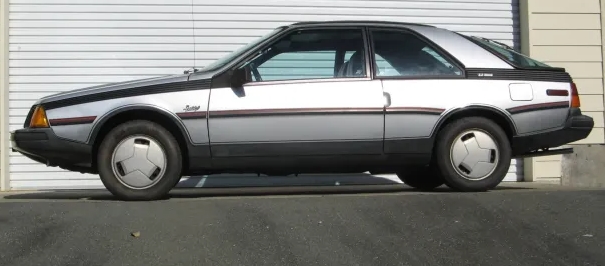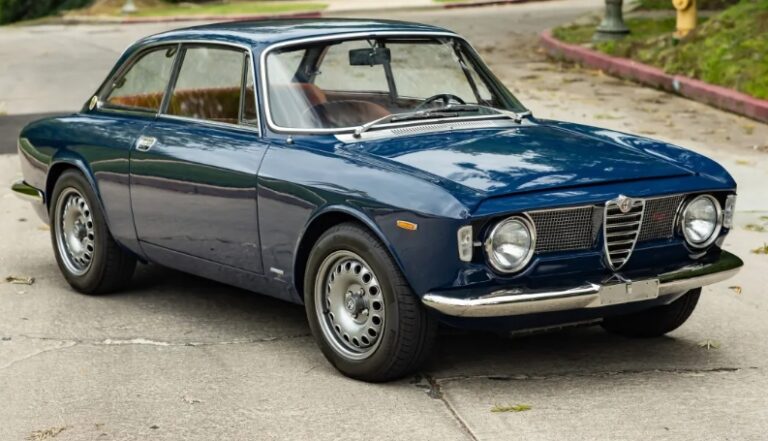The Evolution of the International Harvester Scout
The International Harvester Scout is an iconic vehicle that holds a special place in American automotive history. Launched in 1960, the Scout was one of the first mass-produced SUVs, pioneering a segment that has grown tremendously in popularity. Its design and utility made it a favorite among outdoor enthusiasts and families, and its various iterations over the years have shown the evolution of consumer needs and automotive trends. In this article, we will delve into the history of the Scout, the models produced, and the trim levels offered throughout its production run.
The Origins of the Scout (1960-1965)
The First Generation (Scout 80)
The International Harvester Scout was introduced in 1960 as the Scout 80. Designed by a team led by designer and engineer Richard C. “Dick” Hines, the Scout was created to compete with the burgeoning market of off-road vehicles, particularly the Jeep CJ series. With its rugged, utilitarian design, the Scout was available as a pickup truck or an SUV and was equipped with either a 152 cubic inch inline-four engine or a 196 cubic inch inline-six engine.
The Scout 80 featured removable doors and a top that could be removed completely, appealing to those looking for a convertible-type experience. The Scout was available in various trim levels, including:
- Base Model: The stripped-down version aimed at budget-conscious buyers.
- Deluxe: Offered more comfort and convenience features.
- Scout 800: Introduced in 1965, it included various improvements, and a more powerful 304 cubic inch V8 engine was offered as an enhancement.
The Evolution Continues (1965-1971)
The Second Generation (Scout 800)
In 1965, International Harvester launched the second generation of the Scout, known as the Scout 800. This model introduced several refinements, including a curved windshield for improved aerodynamics and a more spacious interior. The engine options were diversified, offering the original four-cylinder, the inline-six, and the new V8 engines for the first time.
The trim levels for the Scout 800 included:
- Base Model: Maintained minimal features for budget-minded consumers.
- Custom: This level included additional comfort and convenience features.
- Travel Top: Featuring a hard top option, this was particularly popular among families and adventurers.
The Scout 800 also introduced several options for off-road equipment, including larger tires, heavy-duty suspensions, and winches, further solidifying its place in the off-road vehicle market.
The Landmark Model Years (1971-1980)
The Third Generation (Scout II)
Debuting in 1971, the Scout II was the most significant and refined model in the Scout lineage. It retained the classic silhouette but adopted a more modern design approach, with a squared-off front end and larger glass areas for better visibility.
The Scout II offered a range of V8 engines, including the 304 cubic inch and 345 cubic inch options, appealing to a broader audience looking for both utility and power. The trim levels for the Scout II included:
- Basic: A stripped-down version with essential features.
- Custom: Packed with an array of features like carpeting, upgraded interior trim, and additional gauges.
- Special: This trim added distinctive paint options and unique emblems; it was marketed to those wanting a more stylish alternative.
Over the years, the Scout II would receive updates, including a variety of special editions, such as the “Scout SS” and “Golden Eagle,” which featured distinctive styling elements.
.
All of those awesome car logos. Ever wondered about the automotive logo heritage behind them?
.
A Shift in Focus (1980-1987)
The Scout’s Final Years
The final version of the Scout was produced in 1980 when the International Harvester Company ceased vehicle production. The 1980 Scout II maintained its rugged characteristics and offered the same trim levels as before, but it struggled to compete in an increasingly crowded market with newer and more urban-focused SUV designs.
During these years, a diesel engine option was introduced, reflecting the shifting preferences for fuel efficiency in response to the oil crises of the 1970s. It offered:
- Scout II Diesel: Aimed at those seeking better gas mileage with an economy-centric approach.
- SCOUT II 4×4: Continued to emphasize off-road capabilities.
Ultimately, the combination of a changing market, economic challenges, and the company’s restructuring led to the discontinuation of the Scout line in 1980. International Harvester transitioned focus to agricultural and industrial equipment, marking the end of an era for the beloved Scout.
Legacy and Resurgence
The International Harvester Scout left an indelible mark on the automotive landscape. It set a precedent for the design and functionality of SUVs, inspiring many of the models that followed in the decades to come. Car enthusiasts and collectors have preserved various models ranging from mint-condition Scouts to heavily modified versions tailored for off-road adventures.
In recent years, there have been discussions of reviving the Scout nameplate, driven by the resurgent interest in off-road vehicles and the strong nostalgia surrounding the brand. In 2020, reports surfaced that the brand’s potential revival was under consideration by the parent company of International Harvester, now known as Navistar International Corporation, with plans to leverage modern technology while retaining the spirit of the original models.
Conclusion
The International Harvester Scout is not just a vehicle; it represents a pioneering spirit in the American auto industry. From the initial introduction of the Scout 80 through the evolution of the Scout II, each iteration reflected the changing needs of drivers while retaining its rugged charm. Although the Scout line ended in 1980, its legacy endures in the hearts of enthusiasts and adventurers alike, continuing to influence the design and conception of modern SUVs. Whether it be as a daily driver, a restored classic, or a highly modified off-road beast, the Scout’s impact on automotive culture remains significant as the journey of this storied vehicle continues into the future.
